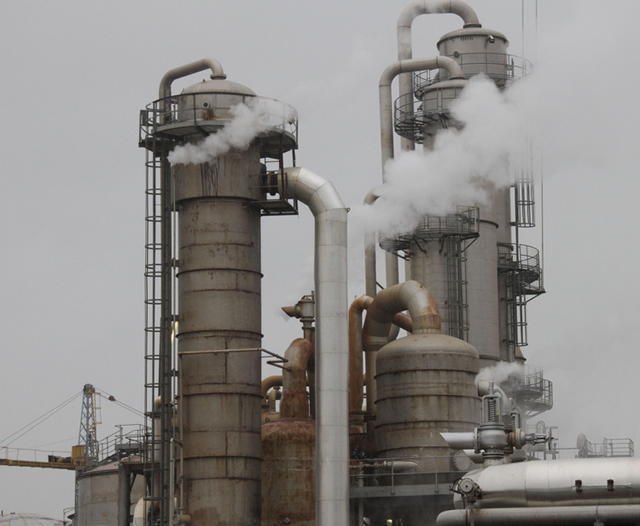The Sunday Mail

Using E15 will not have any effect on most cars in the country as the commodity is standard and safely used in many countries around the world, The Sunday Mail Extra can report.
In interviews with staff at Green Fuel’s Flex Fuel service station in Msasa, Harare, last week, it emerged that blended fuel will only start to have negative effects on vehicles when it exceeds a 20:80 ethanol-petrol ratio.
Green Fuel is the company responsible for blending fuel in Zimbabwe and is also installing Flex Fuel upgrade kits to enable E15 incompatible vehicles to cope with higher levels of ethanol blend such as E5 to E85.
Officials at the service station also revealed that most ex-Japanese cars are compatible with E15 as they have an octane rating below 100.
“People have misconceptions when it comes to ethanol. What they don’t understand is that this fuel has been tested on Government vehicles a long time back, even at 100 percent and no significant malfunctions were recorded,” said a Flex Fuel official.
In a statement, the company added: “For vehicles which do not support higher levels of ethanol blending, Flex Fuel is installing upgrade kits for free and so far we have serviced over 8 000 vehicles since last year. At the moment we are currently servicing about 20 vehicles per day.
“With a Flex Fuel upgrade kit, you can fill your tank with 100 percent unleaded fuel, or any ethanol blend from E10 to E85, without making any further adjustments to your vehicle.
“Vehicles newer than 1990 are most likely to have a fuel line made from neoprene, a substance that looks like rubber but does not react with higher blends of ethanol.
“All ethanol blends are safe to use in petrol vehicles with an unleaded fuel label. There is no lead content in ethanol and all blends contain unleaded petrol.”





